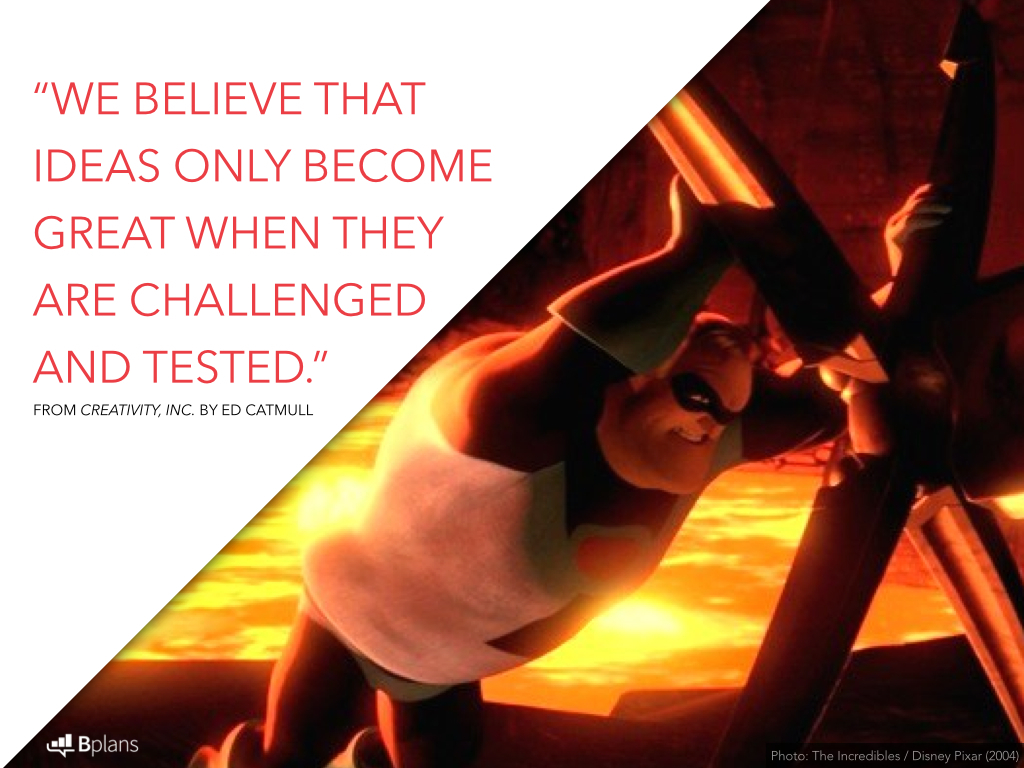BPlans is an online small business planning resource. They collected 37 choice quotes from Creativity Inc. that demonstrate how to develop and maintain a creative company, and paired them with images from Pixar's award-winning films and two upcoming features (Inside Out and The Good Dinosaur).

"A hallmark of a healthy creative culture is that its people feel free to share ideas, opinions, and criticisms. Lack of candor, if unchecked, ultimately leads to dysfunctional environments."

"Seek out people who are willing to level with you, and when you find them, hold them close."
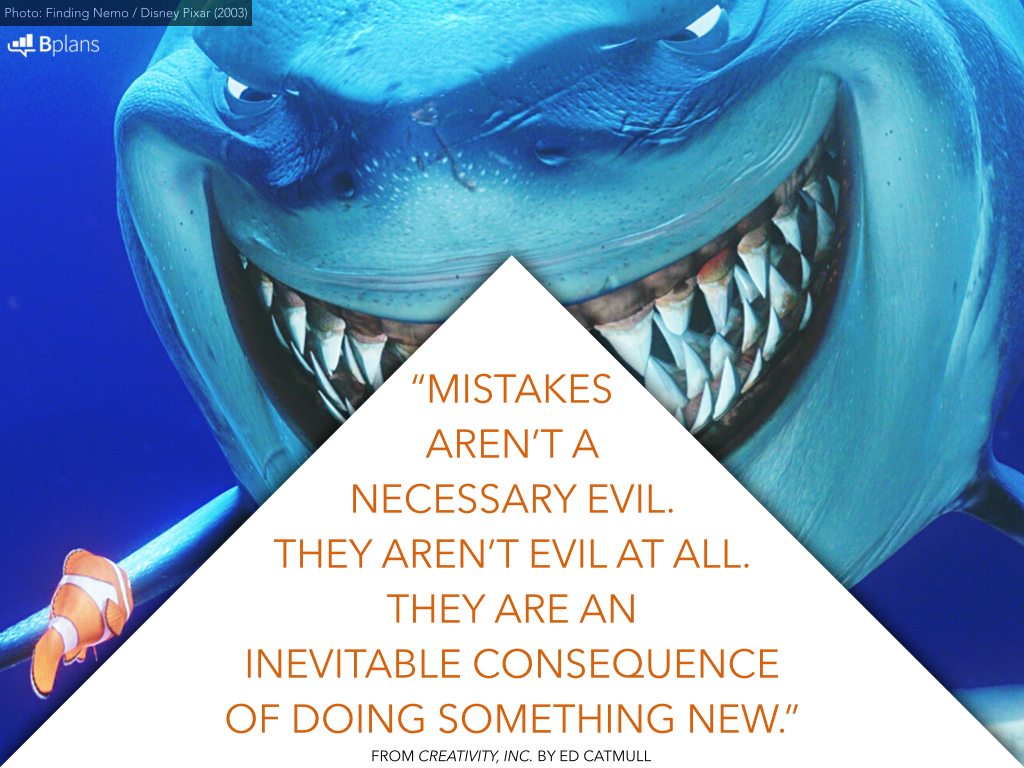
"Mistakes aren't a necessary evil. They aren't evil at all. They are an inevitable consequence of doing something new."
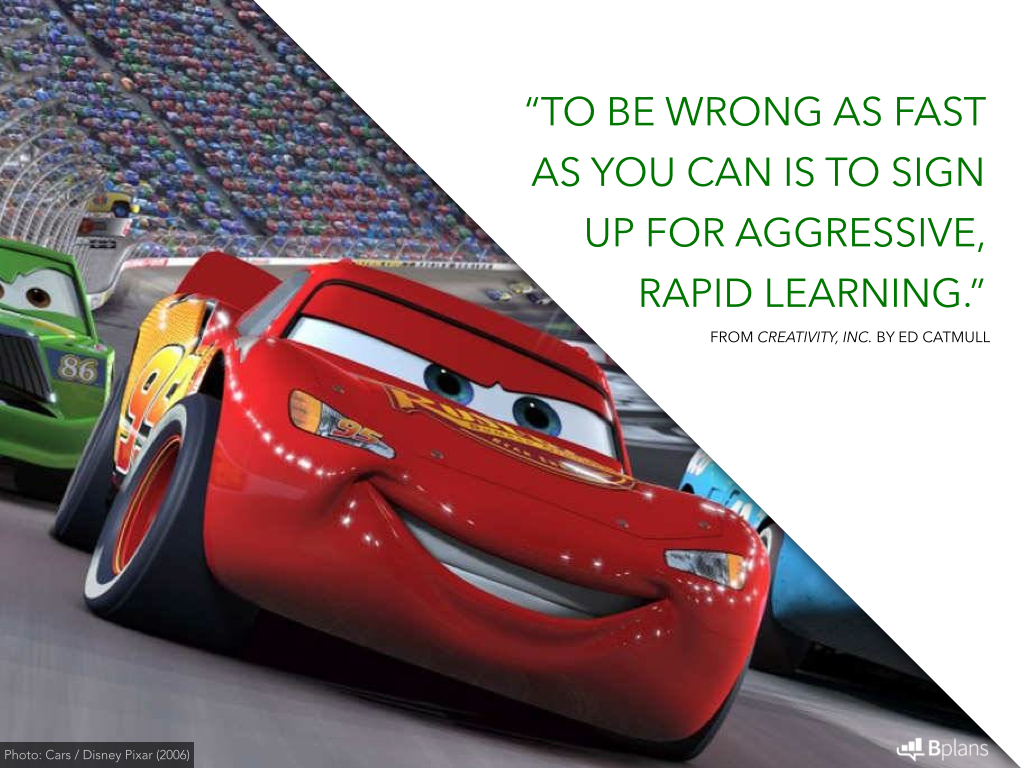
"To be wrong as fast as you can is to sign up for aggressive, rapid learning."
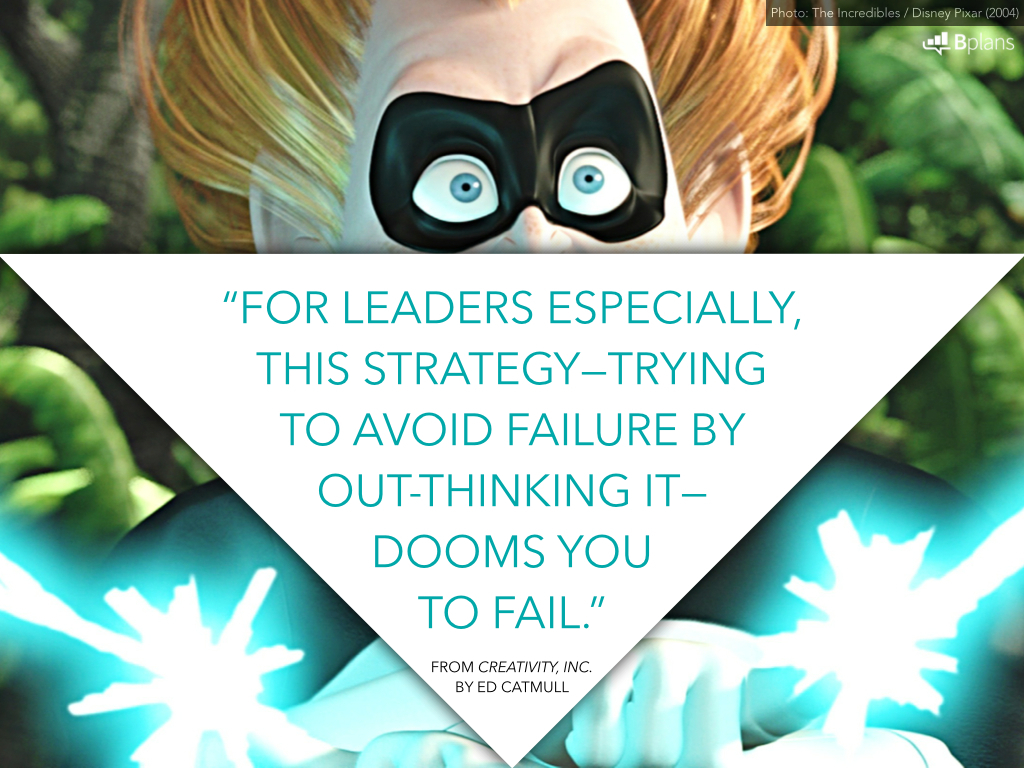
"For leaders especially, this strategy - trying to avoid failure by out-thinking it - dooms you to fail."

"To be a truly creative company, you must start things that might fail."
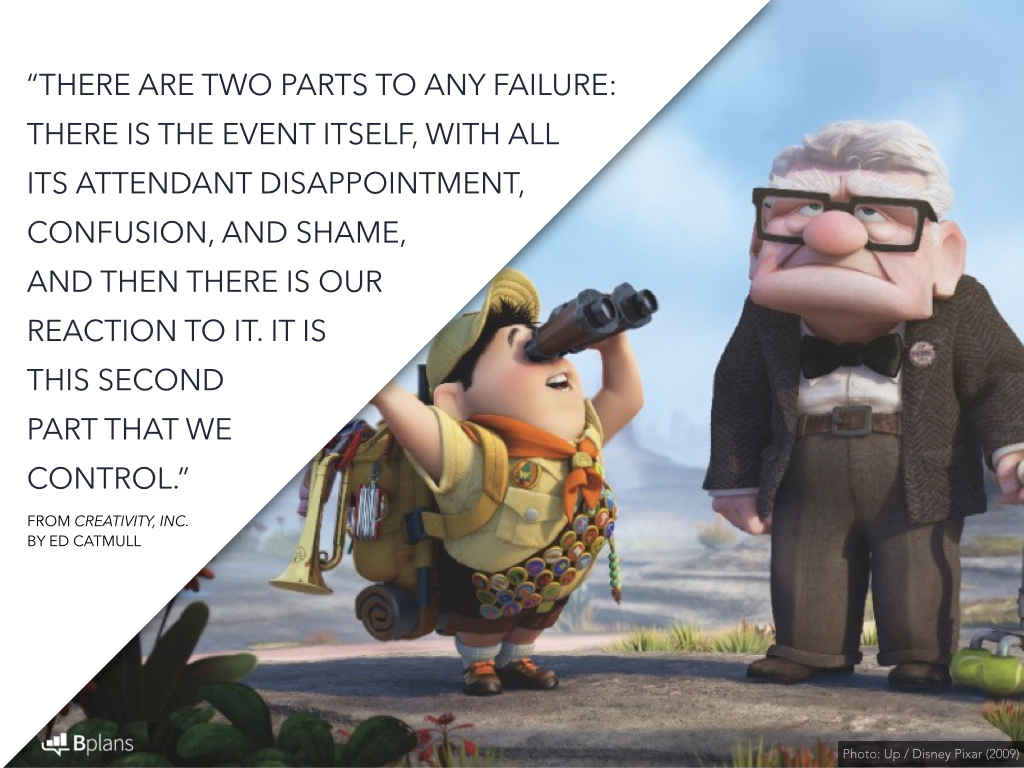
"There are two parts to any failure: There is the event itself, with all its attendant disappointment, confusion, and shame, and then there is our reaction to it. It is this second part that we control."

"A manager's default mode should not be secrecy."

"You employees are smart; that's why you hired them. So treat them that way."
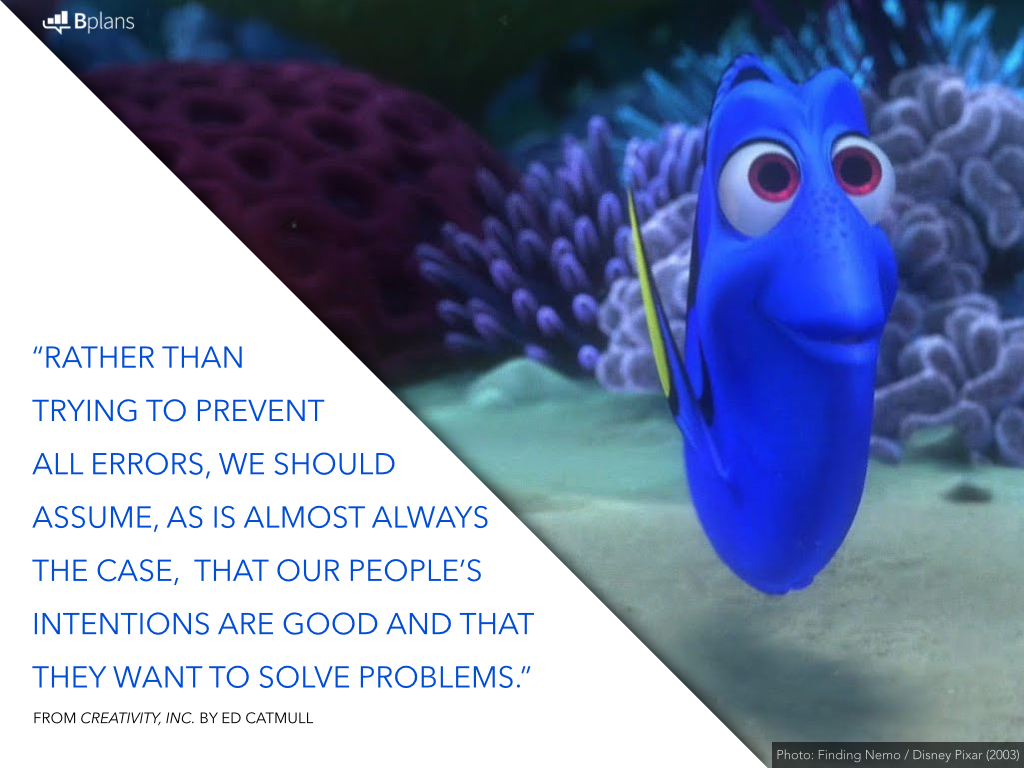
"Rather than trying to prevent all errors, we should assume, as is almost always the case, that our people's intentions are good and that they want to solve problems."
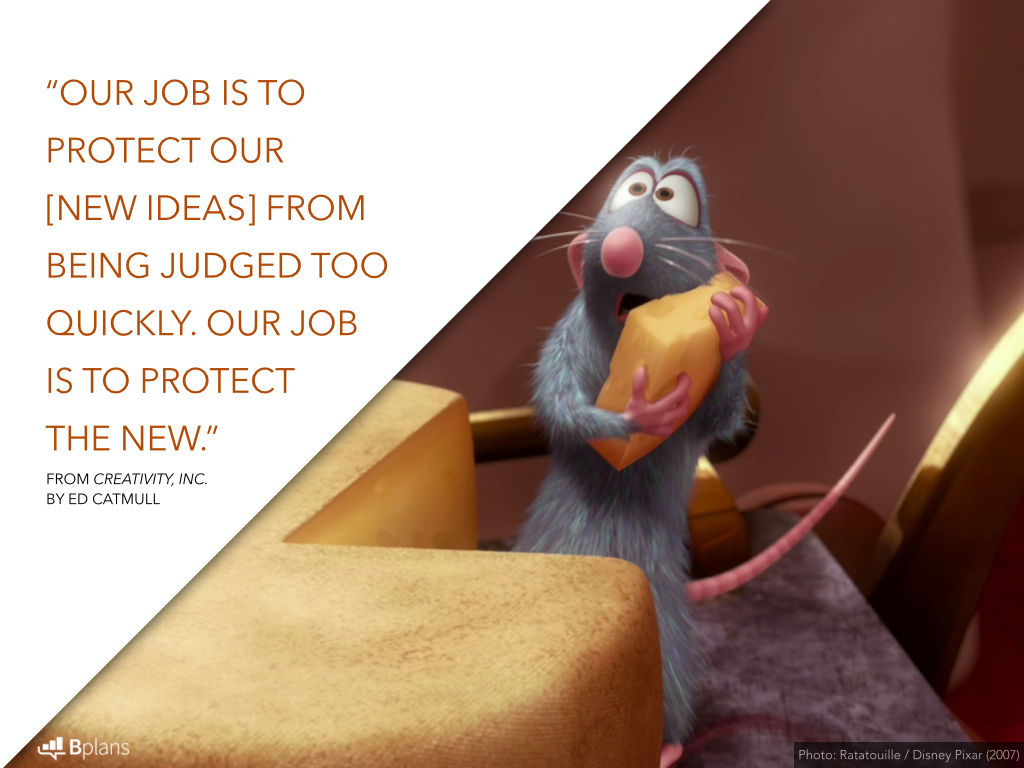
"Our job is to protect our [new ideas] from being judged too quickly. Our job is to protect the new."
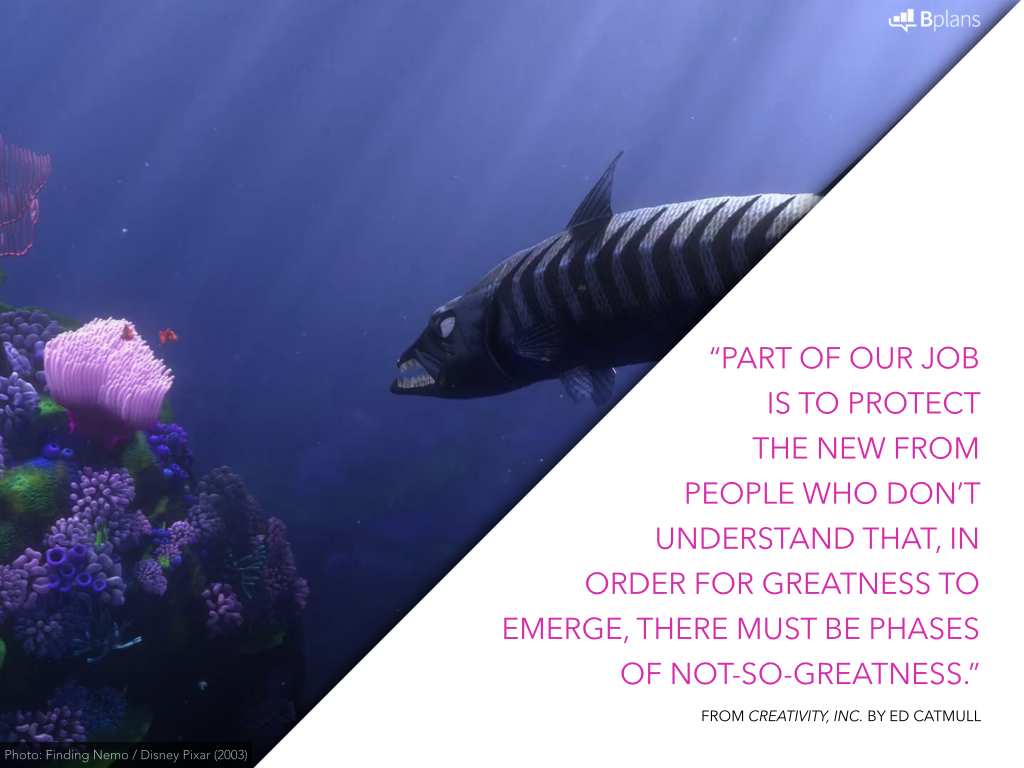
"Part of our job is to protect the new from people who don't understand that, in order for greatness to emerge, there must be phases of not-so-greatness."

"Making something great is the goal."

"The system is tilted to favor the incumbent. The challenger needs support to find its footing. And protection of the new - of the future, not the past - must be a conscious effort."
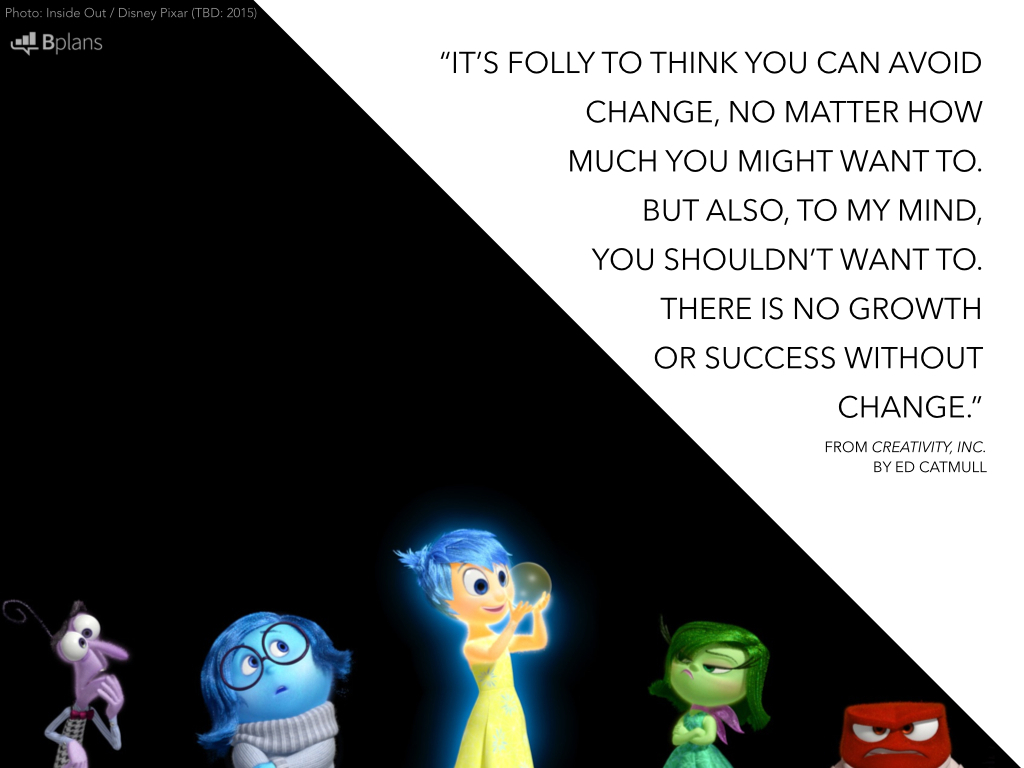
"It's folly to think you can avoid change, no matter how much you might want to. But also, to my mind, you shouldn't want to. There is no growth or success without change."

"Randomness is not just inevitable; it is part of the beauty of life. Acknowledging it and appreciating it helps us respond constructively when we are surprised."
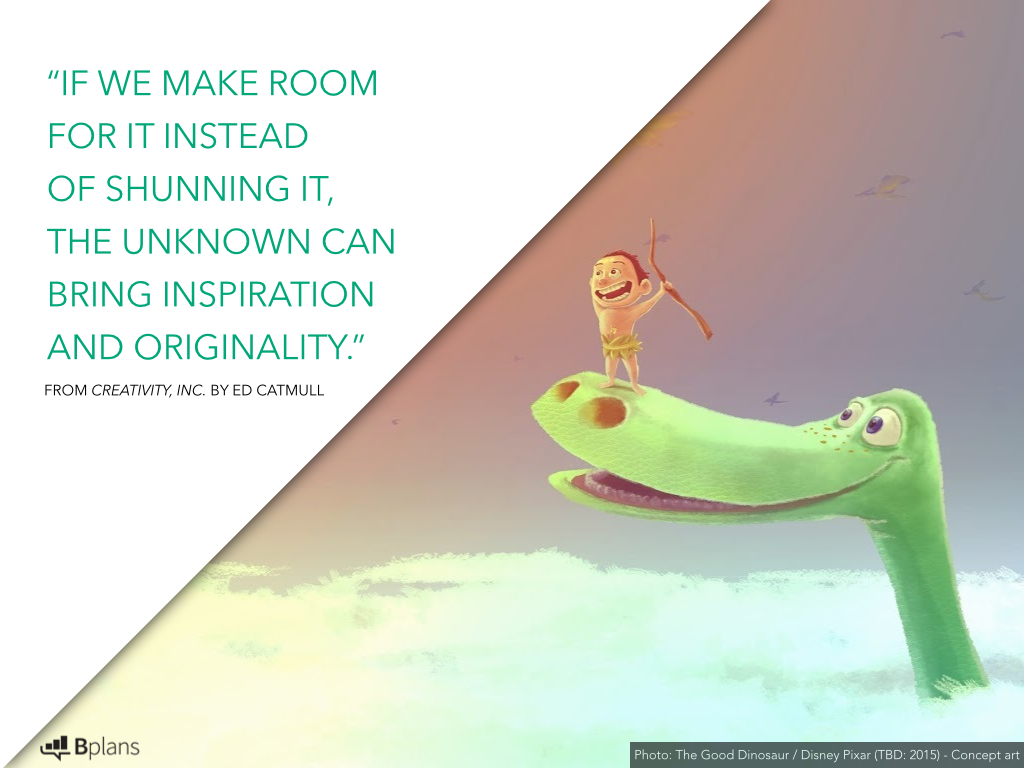
"If we make room for it instead of shunning it, the unknown can bring inspiration and originality."
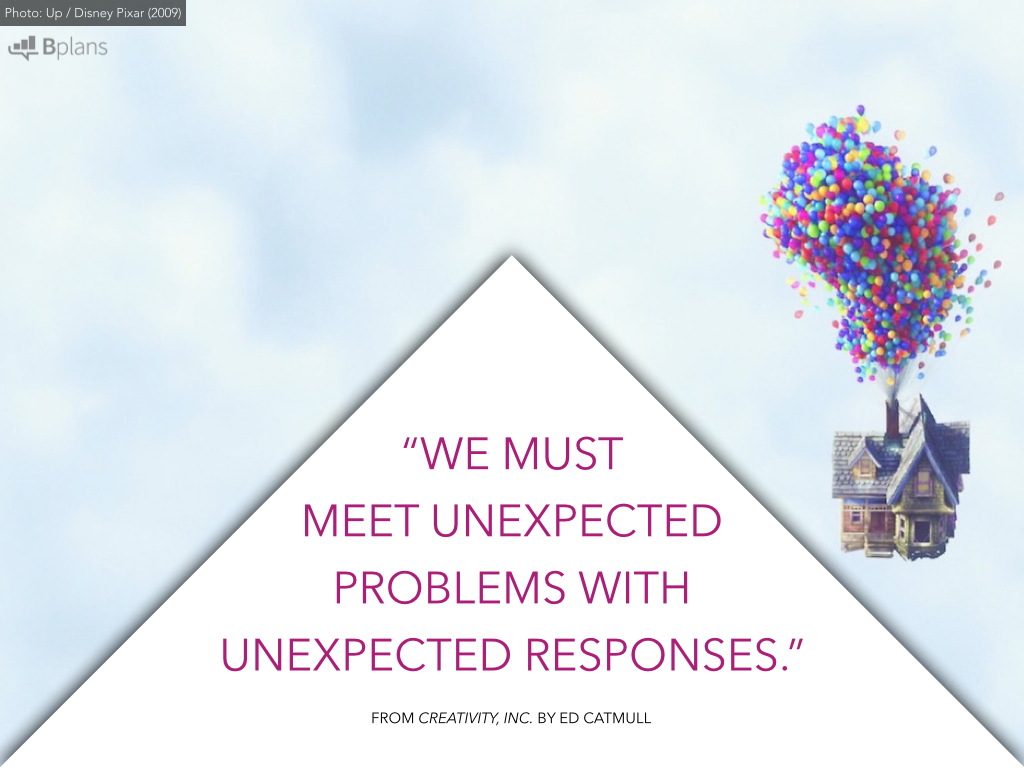
"We must meet unexpected problems with unexpected responses."
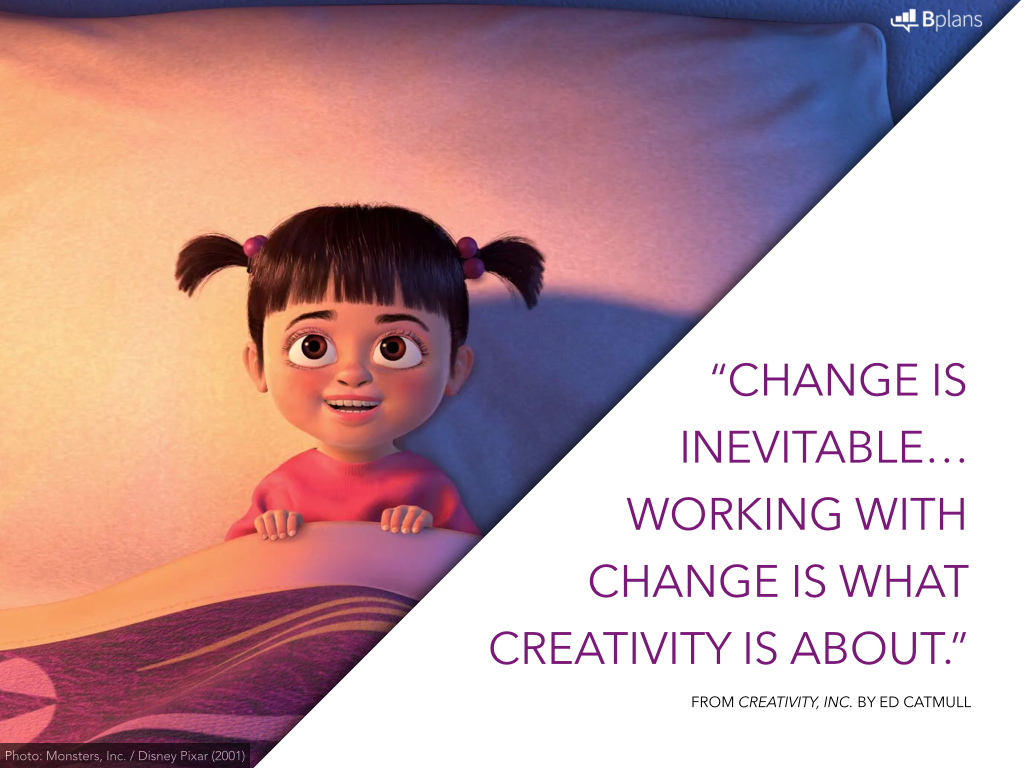
"Change is inevitable... Working with change is what creativity is about."
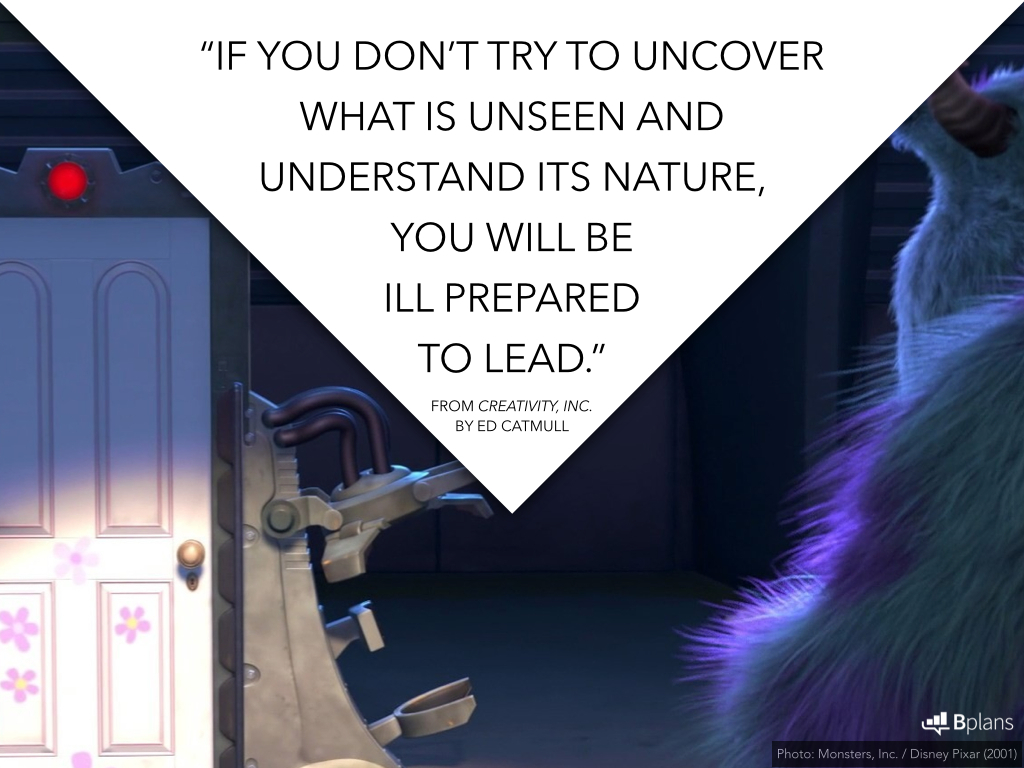
"If you don't try to uncover what is unseen and understand its nature, you will be ill prepared to lead."
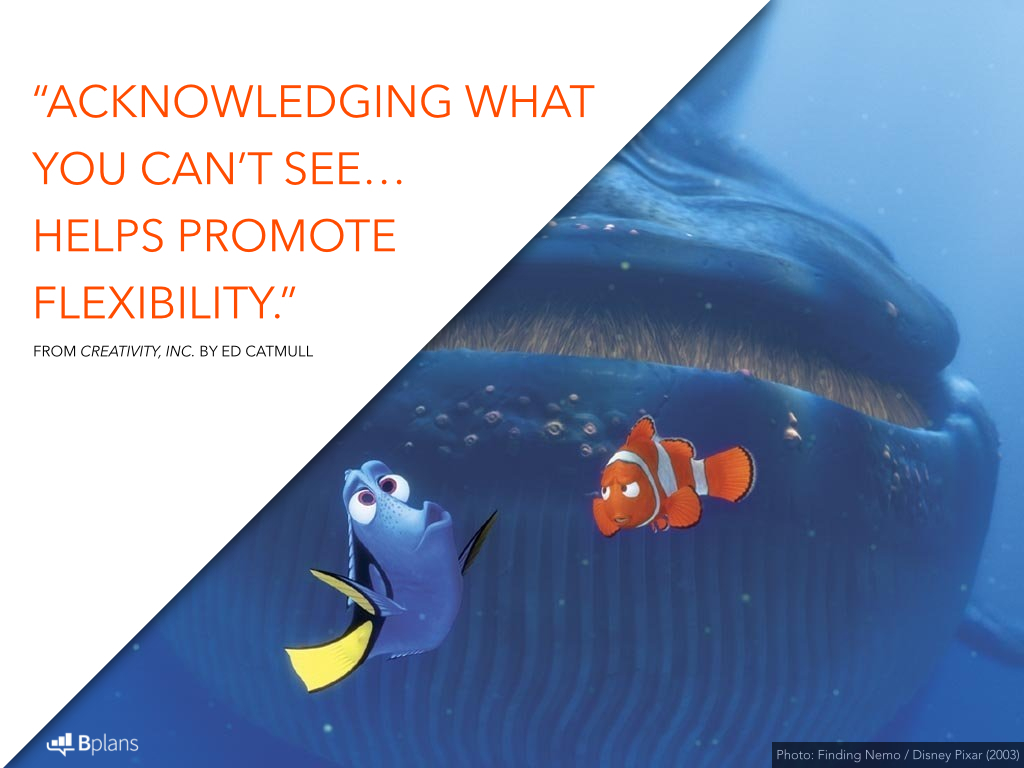
"Acknowledging what you can't see... Helps promote flexibility."

"The most creative people are willing to work in the shadow of uncertainty."
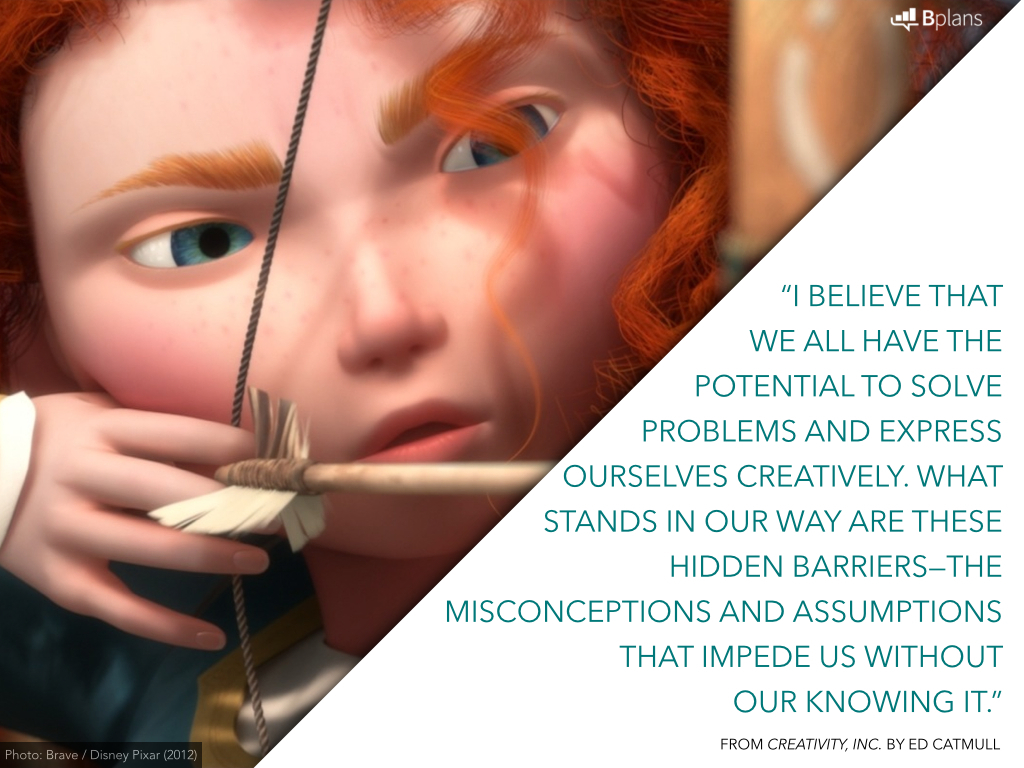
"I believe that we all have the potential to solve problems and express ourselves creatively. What stands in our way are these hidden barriers - the misconceptions and assumptions that impede us without our knowing it."

"I believe that you should not be required to justify everything. We must always leave the door open for the unexpected."

"The attempt to avoid failure makes failure more likely."
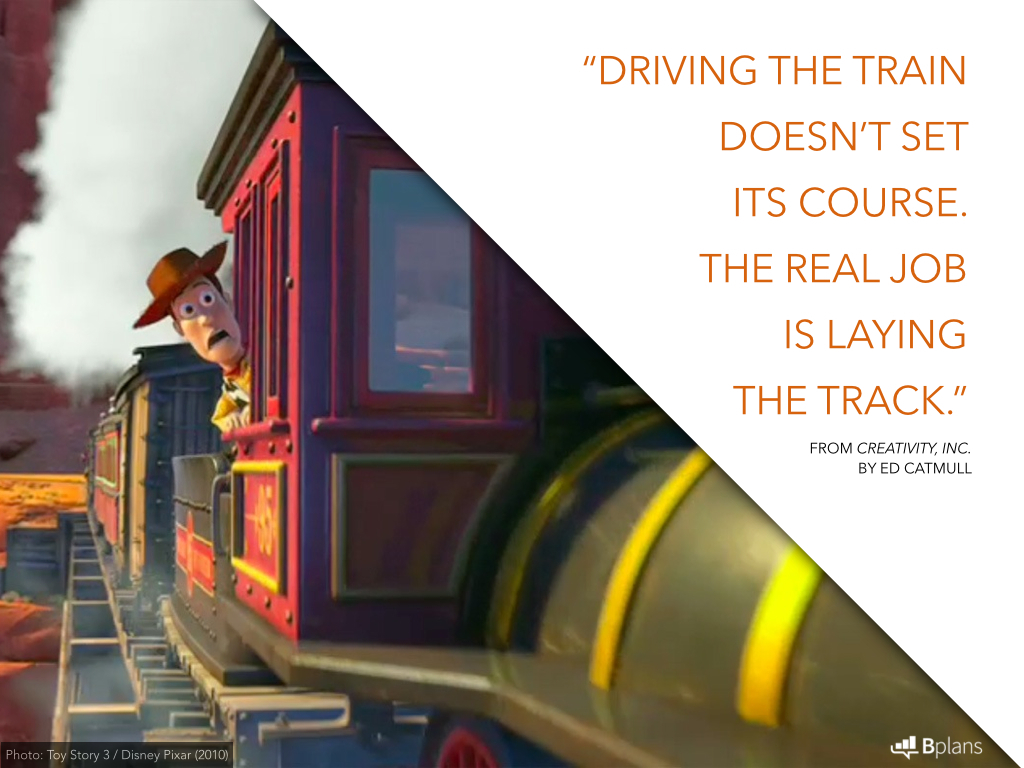
"Driving the train doesn't set its course. The real job is laying the track."
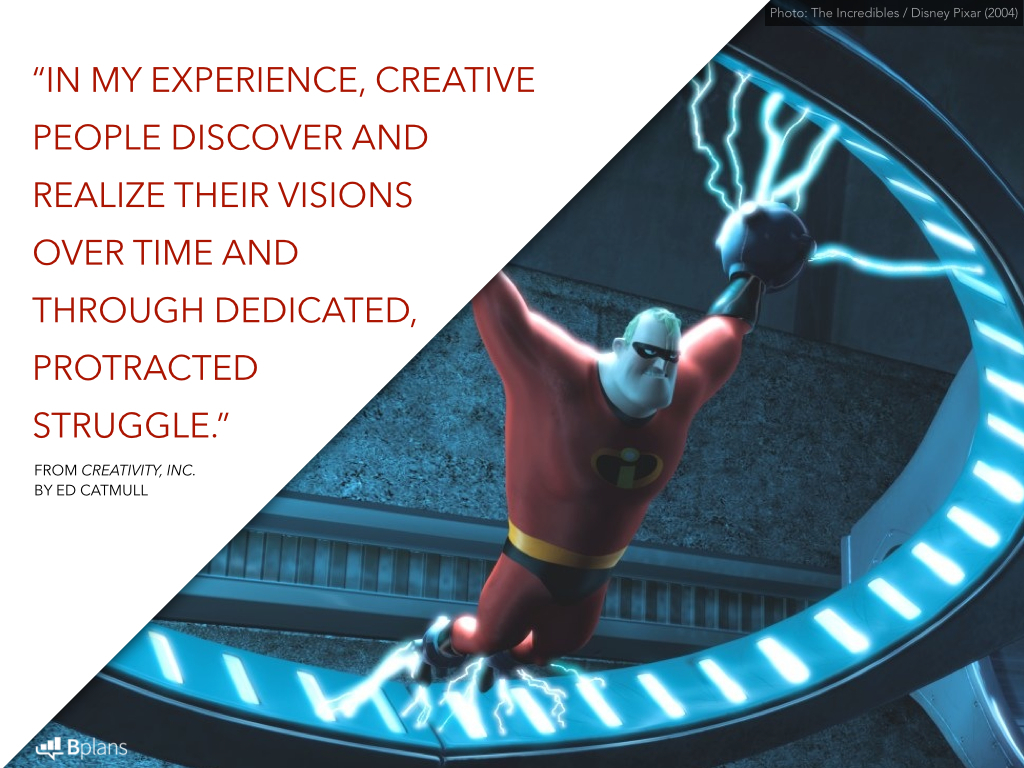
"In my experience, creative people discover and realize their visions over time and through dedicated, protracted struggle."
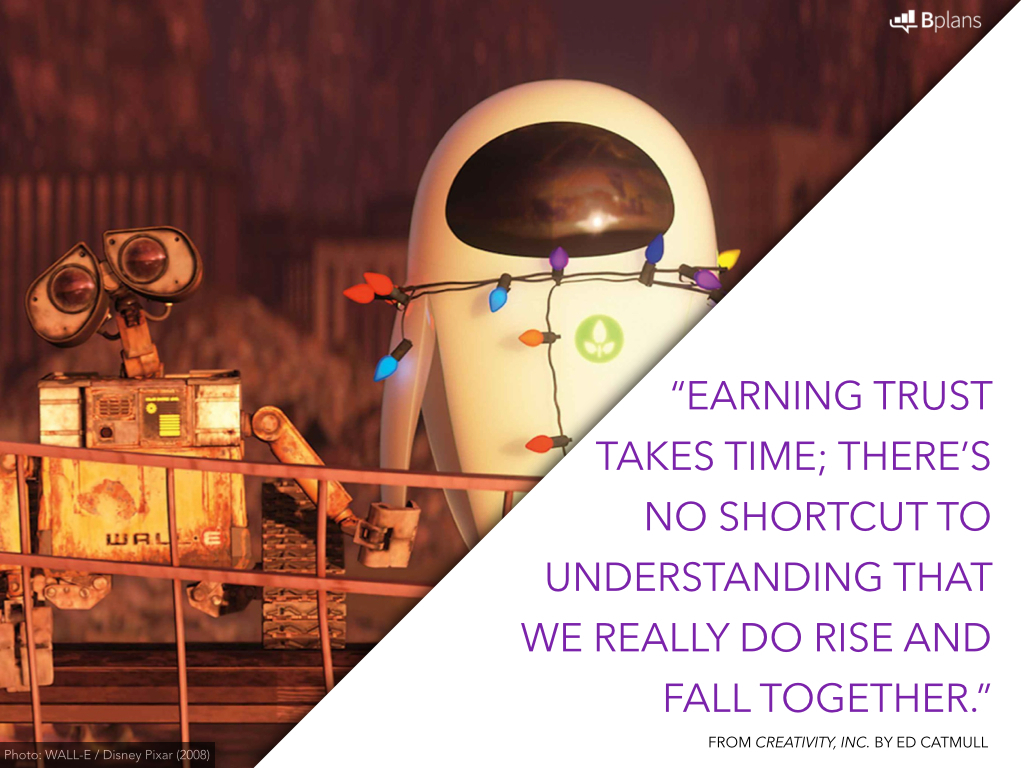
"Earning trust takes time; there's no shortcut to understanding that we really do rise and fall together."
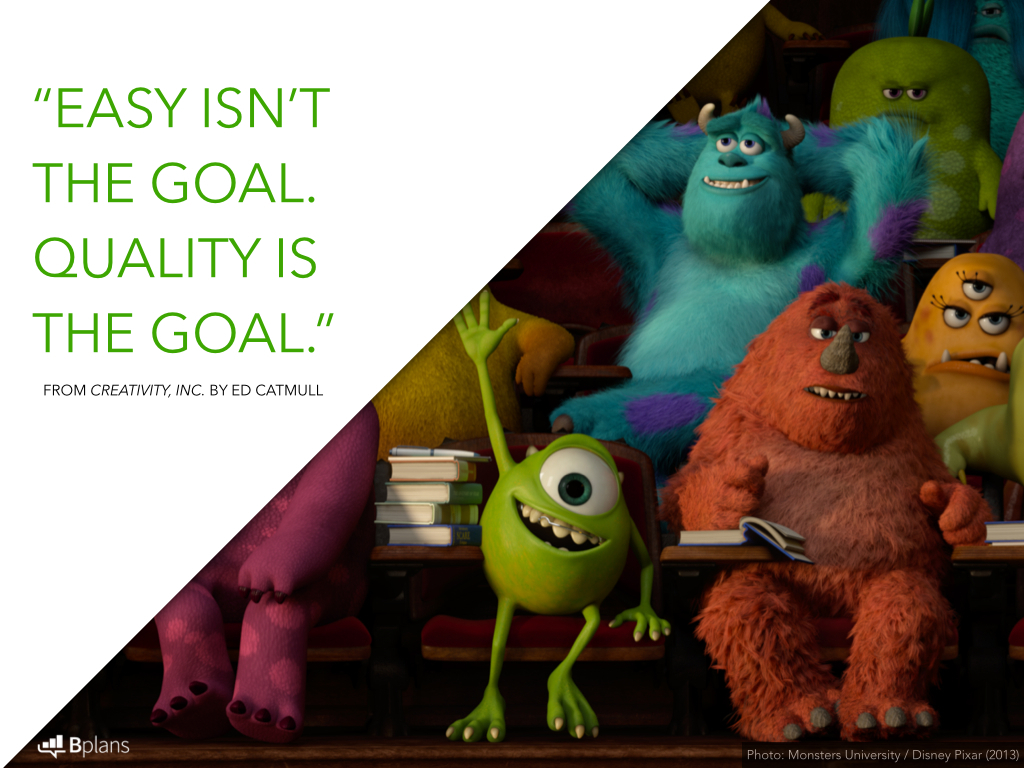
"Easy isn't the goal. Quality is the goal."
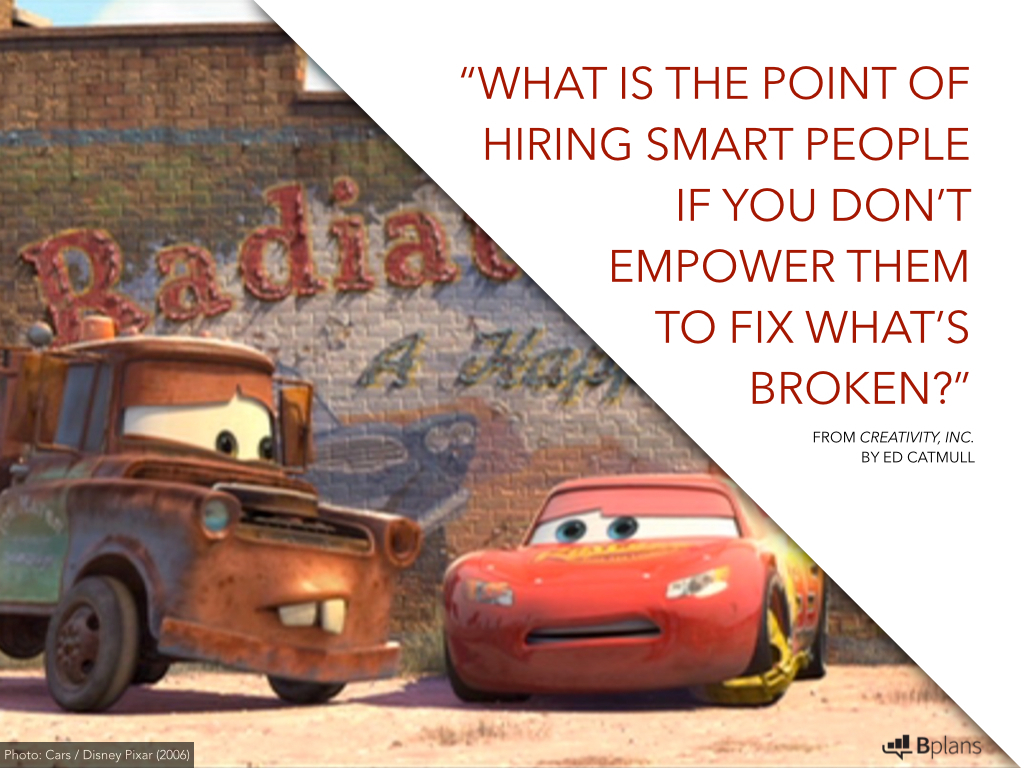
"What is the point of hiring smart people if you don't empower them to fix what's broken?"

"There is nothing like a crisis to bring what ails a company to the surface."
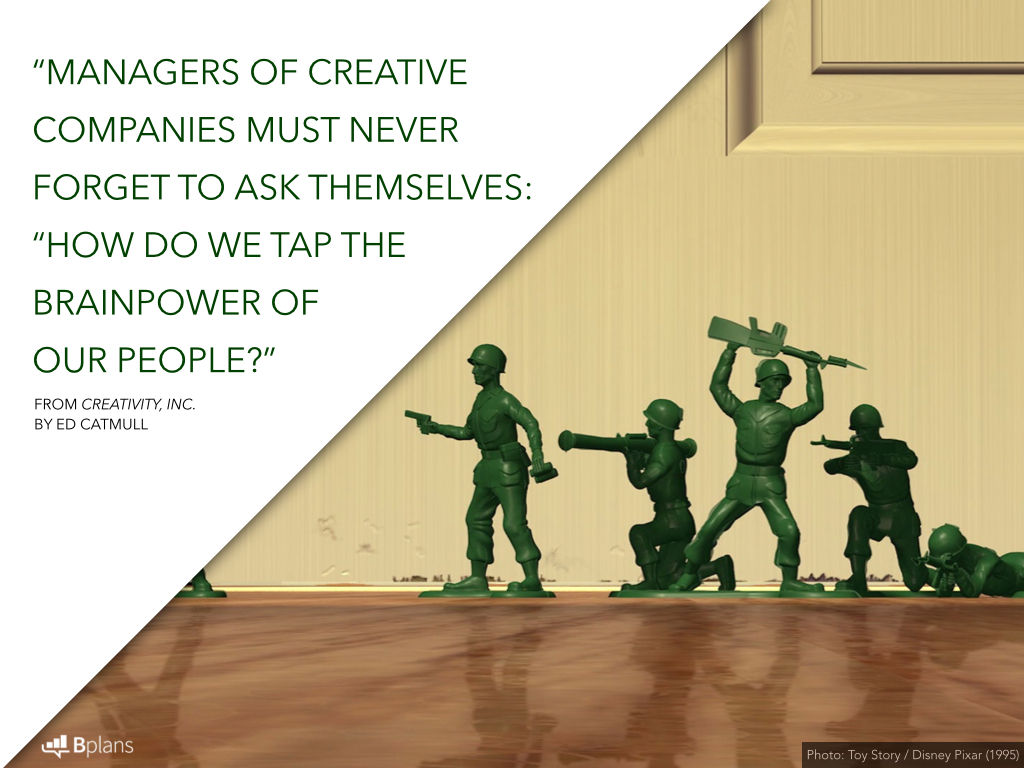
"Managers of creative companies must never forget to ask themselves: 'How do we tap the brainpower of our people?'"

"It is precisely by acting on our intentions and staying true to our values that we change the world."
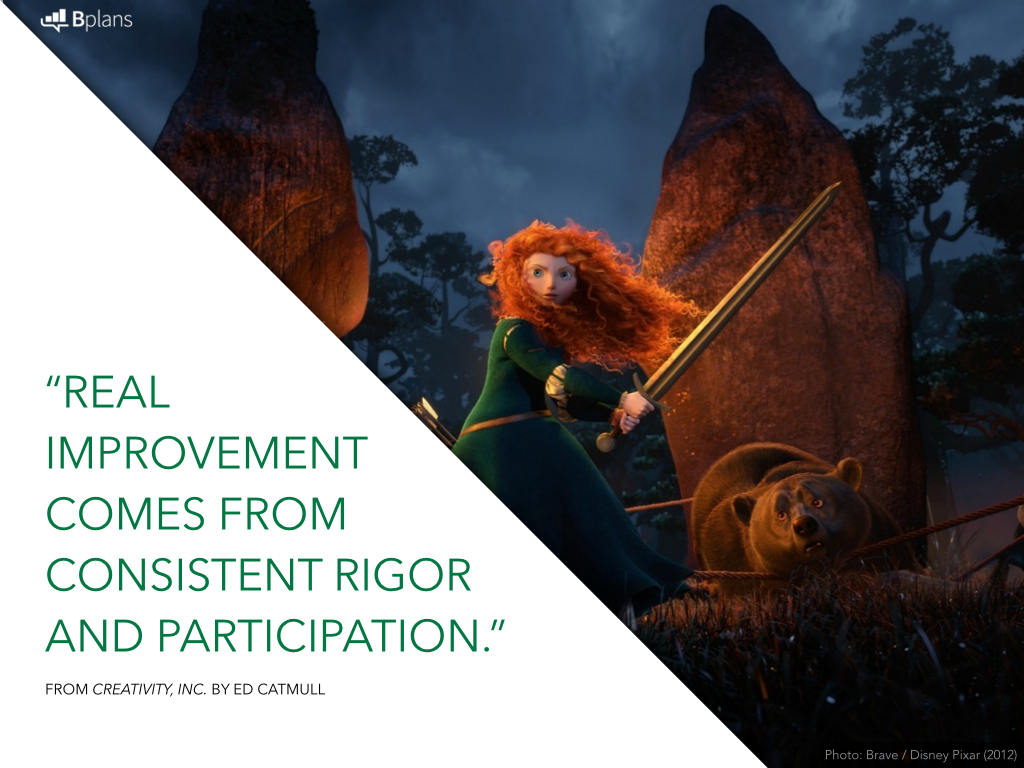
"Real improvement comes from consistent rigor and participation."
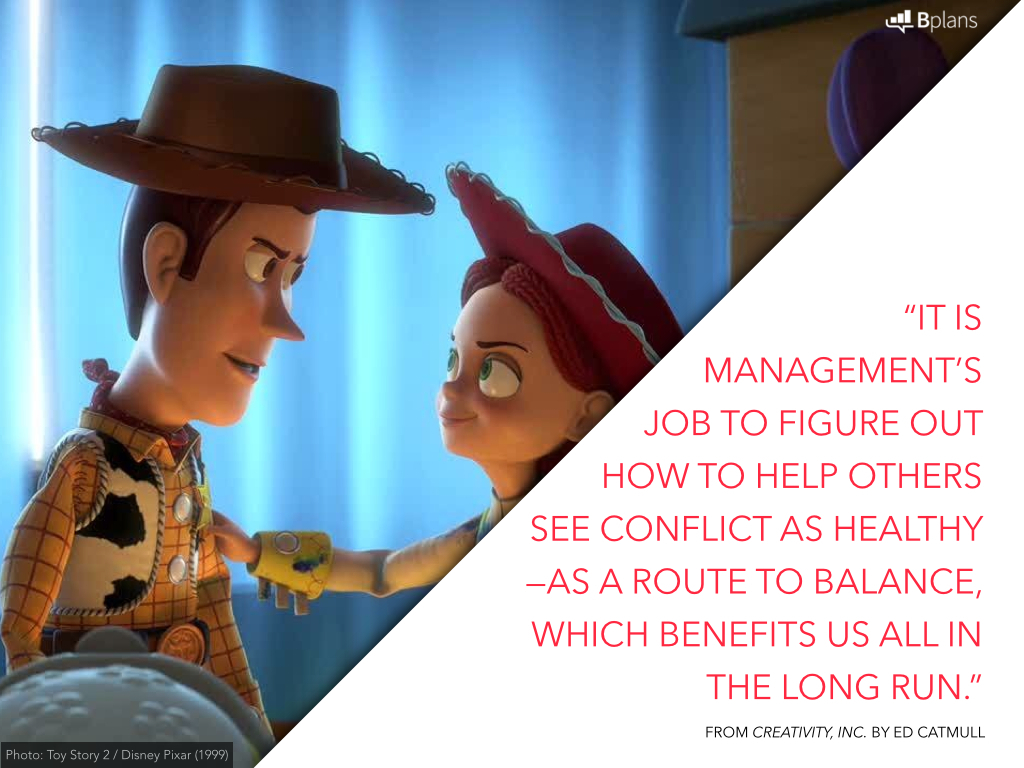
"It is management's job to figure out how to help others see conflict as healthy - as a route to balance, which benefits us all in the long run."

"A better measure of our success is to look at the people on our team and see how they are working together. Can they rally to solve key problems? If the answer is yes, you are managing well."
